'Embolden' - Kimathi Mafafo
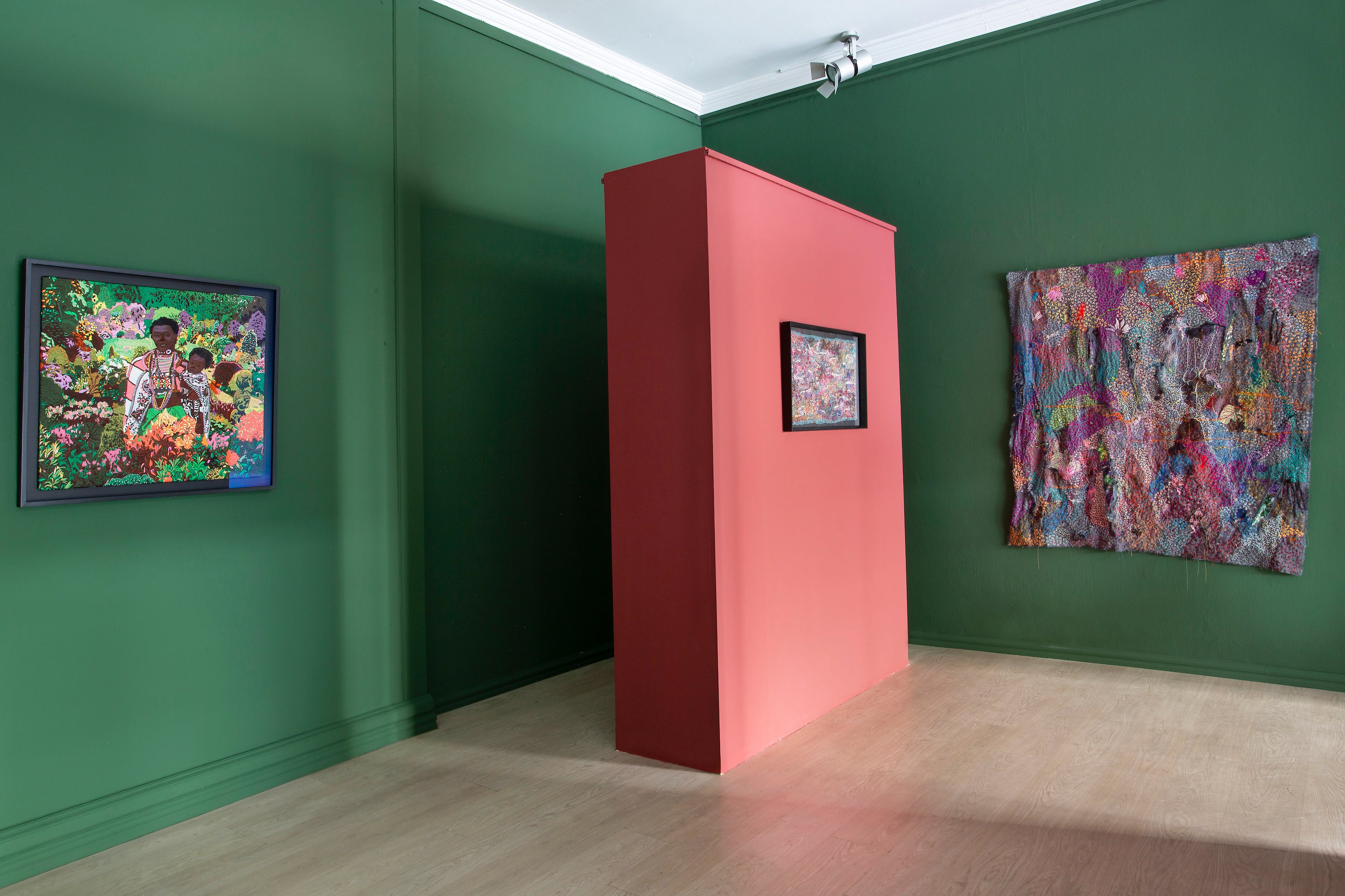
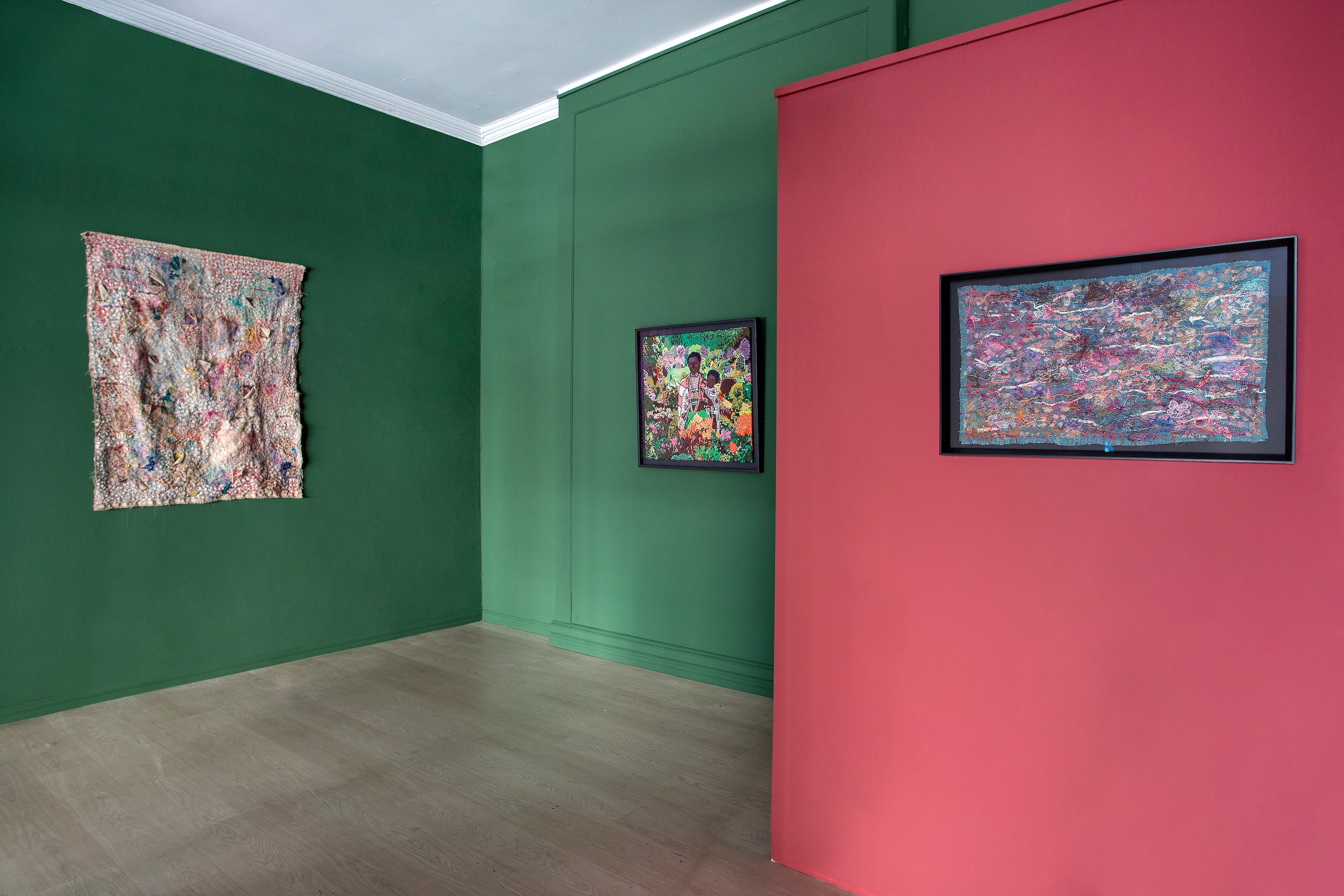
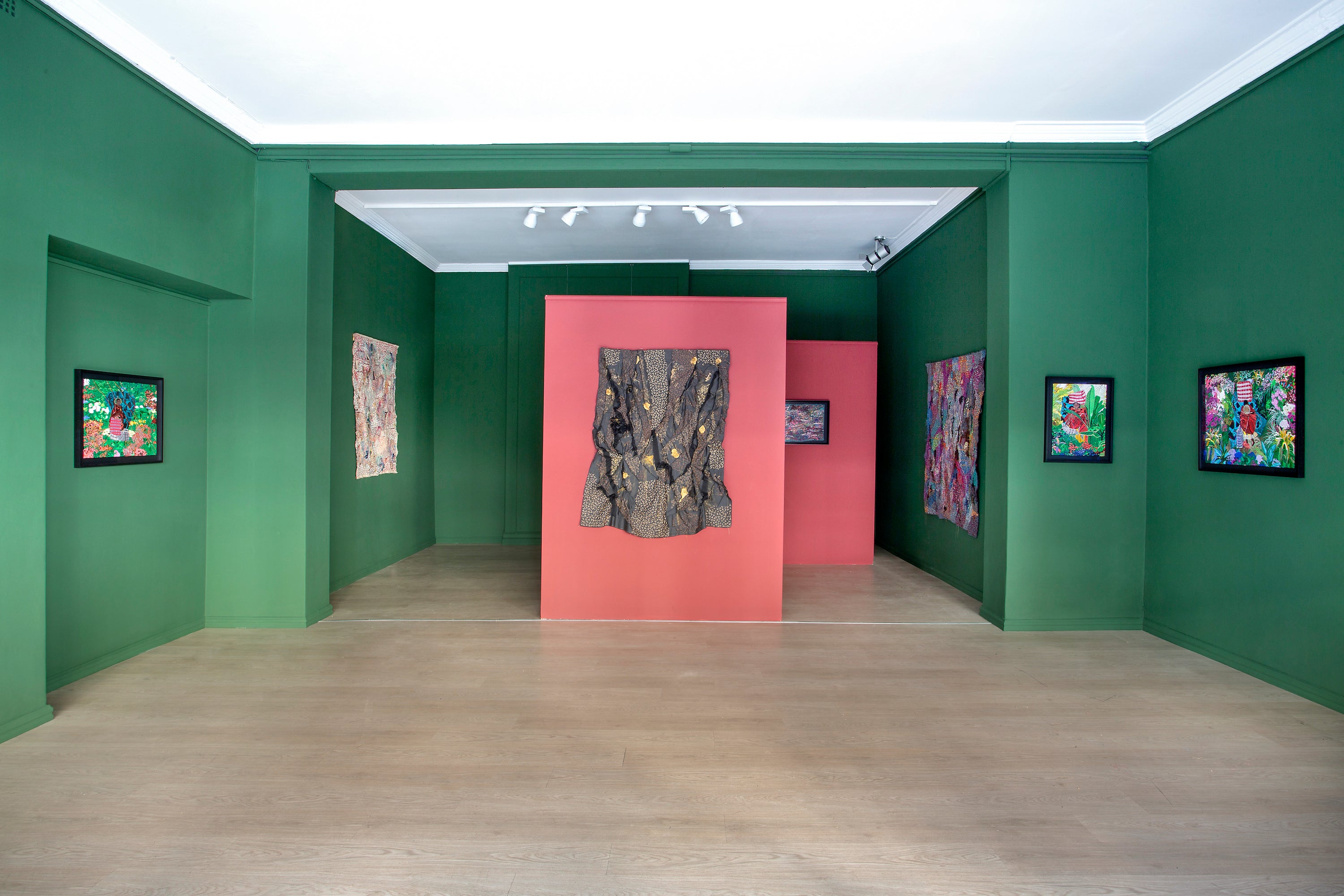
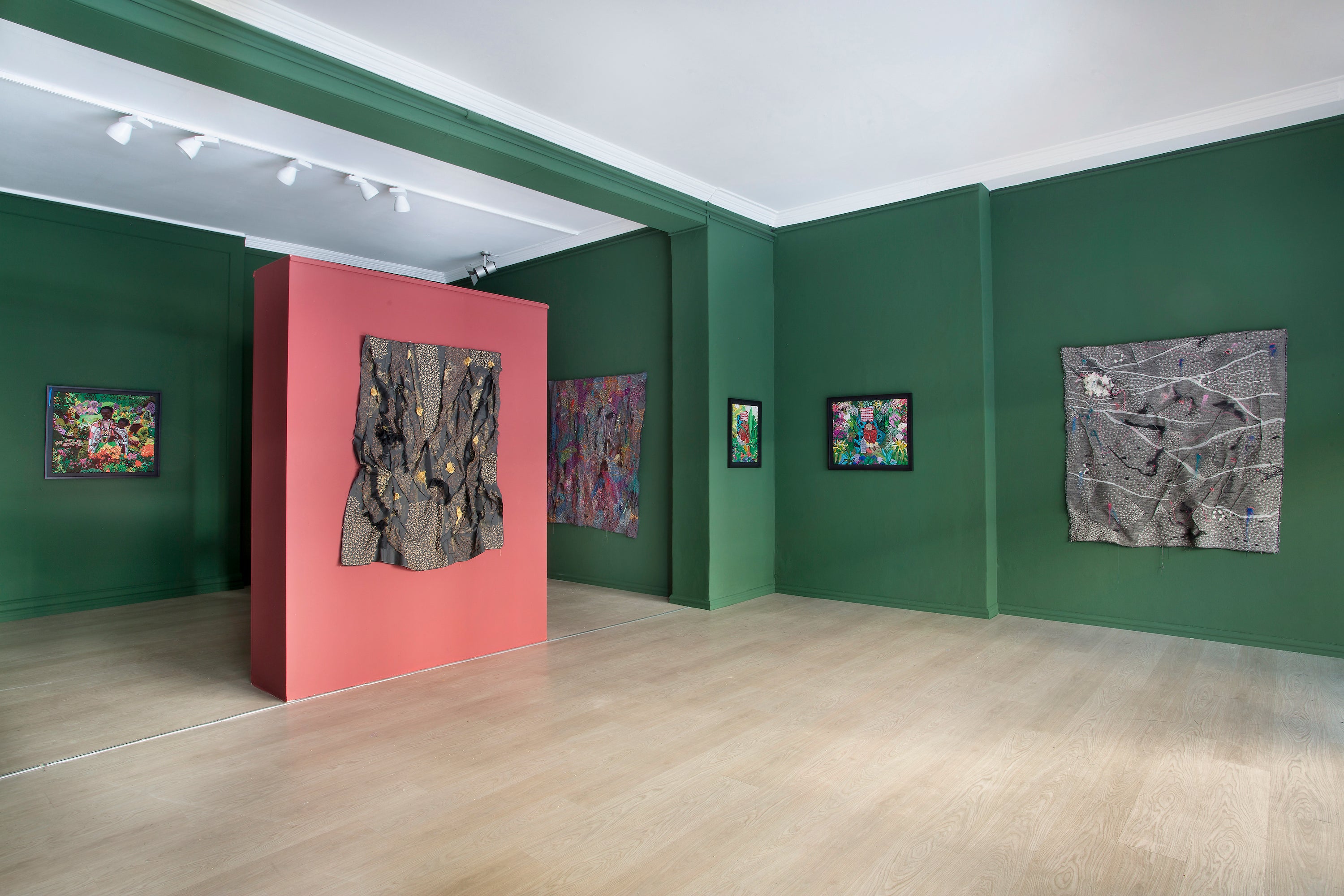
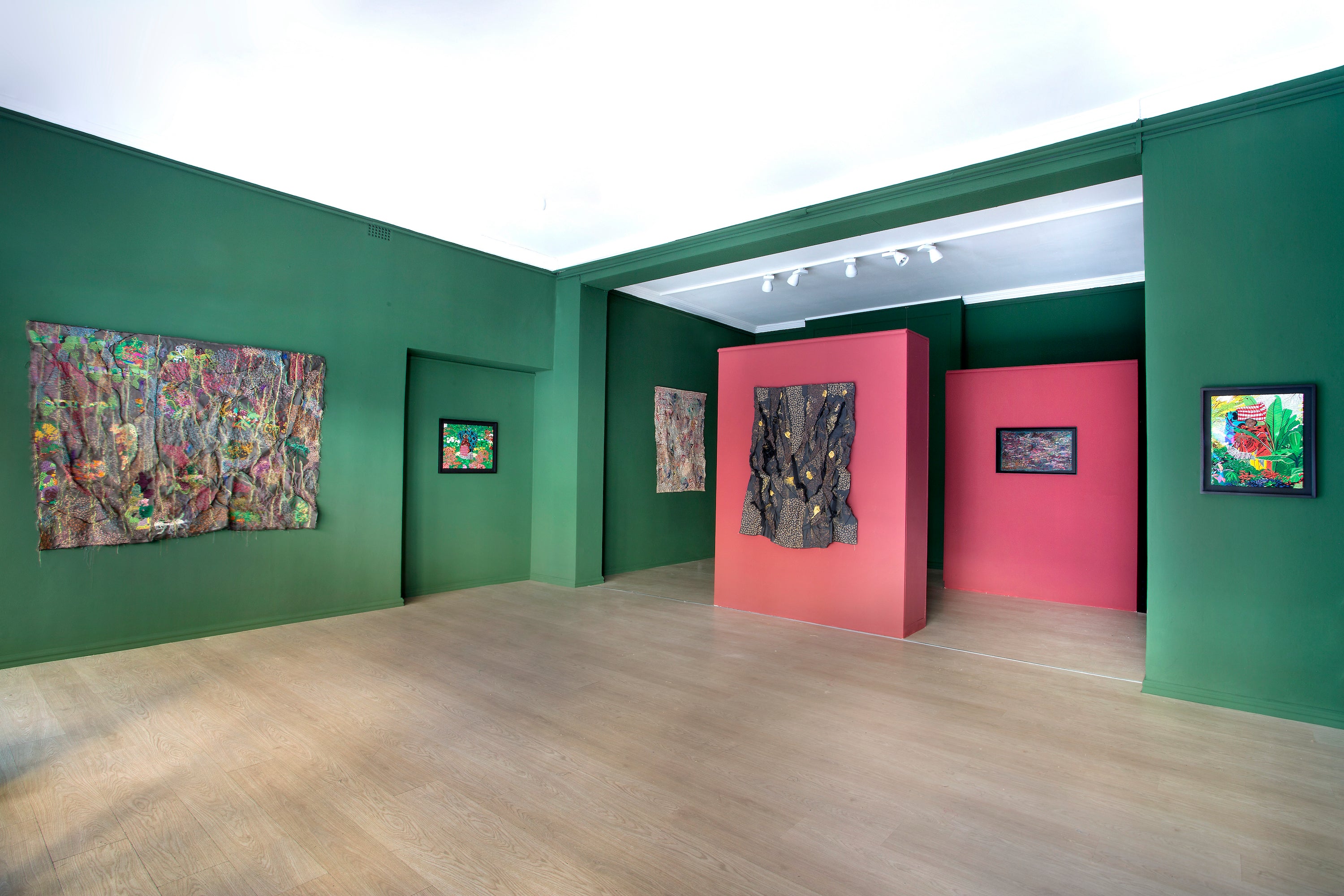
Collection: 'Embolden' - Kimathi Mafafo
Embolden
Kimathi Mafafo
05.09.19 - 02.11.19
Cape Town
---
This Woman’s Work: a brief reading of Kimathi Mafafo’s artwork
Dr Same Mdluli – artist, arts writer and historian
The Black woman and/or female’s body has always been transposed as a sight for political warfare and social injustice be it through its violation and abuse in structures of power in the past or the present of any social or political sphere. However it is also a bold symbol of true liberation and freedom achieved against adversity of the worst kind of oppression that comes in the form of a set of patriarchal structures that have ensured Black women remain at the bottom of the social and hierarchical chain. What this means is that every member of society who sees themselves above Black women essentially feels entitled to look down, comment upon, abuse, violate, speak at, speak on behalf of, accept and reject a Black women’s body if and when it suits them.
Kimathi Mafafo’s practice in painting and embroidery work is a raw articulation of two mediums that have embodied the Black woman and/or female’s body within the tradition of woman’s work. This woman’s work I suggest is informed by how the approach to her subject matter alludes to a disclosure of transgressions of the past, the present and future. In these, she creates a tension between becoming and being, concealing and revealing, retreating and showing up, all of which are an embodiment of the arduous negotiations Black women have to make in navigating their existence in society.
In her recent work there is a sense of becoming evidently marked through a gradual transition of the materiality of the work; its move from two dimensionality to more three dimensional work. Previously it seems two dimensionality was a critical integrant of presenting the illusion of concealing and revealing femininity in Mafafo’s work and her navigation through Black womanhood. However, this oscillation appears to have since evolved into a more strategic placement of an artistic language that starts to articulate a kind of woman’s work that is specific to the condition of being a Black woman and/or female. This is not to make the Black woman and/or female condition seem exceptional to other women or women of colour, or timid as she is sometimes depicted in Mafafo’s work, but rather as an important symbol of how societal structures have marginalised, dehumanised and disenfranchised certain women. By a kind of woman’s work, I am not only suggesting that Mafafo’s artistic repertoire is part of a lexicon of creative work done by Black women as a vehicle towards a cathartic activity, but also one that is specific to the condition of being Black and a woman and/or female. It is also important to note that woman’s work does not make a gender distinction between work that man do as opposed to that which women do, rather it is referring to how there is a particular kind of intellectual meditative state of being that requires making certain kind of work through a creative process that women have pioneered.
One can argue that Mafafo’s oeuvre reads as feminist Iliad, to borrow from Emily Wilson’s review of Pat Barker’s Silence of the Girls.1 Barker’s novel is based on the Greek mythological story of Troy told through the voice of an enslaved woman witnessing the grotesque destruction caused by male aggression. Although feminism is not necessarily the centre of the story, Barker’s book does not only amplify the voices of women silenced by history and power but also makes an important reference to the work the captive women in this period made in order to silence the violence and horrors of war they faced. This is echoed in Wilson’s review where she notes that not only is the book making reference to how during war women and the female body is often used as weapon for political bargaining but also to how it is ‘a clear feminist message about the struggle for women to extricate themselves from a male dominated narrative’.2 The allusion to Barker’s book in relation to Mafafo’s work is a suggestive gesture to her reference to ancient practices and indigenous knowledge systems that do the same yet remain hidden in the public narratives of work done by women. It is also an attempt to move away from the archetypal representation of work created by (Black) women as ‘craft’ but rather think more consciously around her engagement with activities such as stitching, embroidery, patching, and weaving. In a sense the reference to the book is a provocation at looking deeply at Mafafo’s practice as an intricate dual rendering of collective and self-narration, where the work invites us to listen to the forgotten stories of women who have been marginalised by society and its entrenched traditions and those who have retreated due its oppression and silencing.
Mafafo’s description of her process as therapeutic is also important in relation to the book’s narration of the cathartic process of telling one’s own story. There is thus a thoughtfulness and meditative instrument to how her work functions as both private and personal as well public and communal, yet it gives words to the work of women who often feel alone even within a community. This, I suggest, is attributed to the fact that woman’s work often does not have a singular author in its nature but rather places emphasis on a connectivity with collective and collaborative thinking in dealing with issues specific to women’s conditions. Her work is therefore part of a generation of Black women artists who have devised a language for releasing this collective and collaborative approach from the trope of a narratives that seek to entrap woman’s work to a demeaning notion of women’s work as opposed to intellectual work. Articulating this intellectual work will rely on an unfolding of the work itself into a metamorphosis of becoming, one that will hopefully offer Black women artists like Mafafo doing woman’s work a final space of solace.
______
1. Wilson, E. 2018. The Silence of the Girls by Pat Barker review – a feminist Iliad, The Guardian. Available online: https://www.theguardian.com/books/2018/aug/22/silence-of-the-girls-pat-barker-book-review-iliad . Accessed on 12 August 2019.
2. Wilson, 2018
